Vietnam Visa Fees 2025: Complete List for Indians. Navigating the visa landscape can be overwhelming, especially when planning an exciting trip to a vibrant destination like Vietnam. For Indian travelers preparing for their journey in 2025, a clear understanding of visa fees and requirements is essential. This guide provides comprehensive insight into the associated costs and processes, ensuring you are well-prepared for your adventure.
Vietnam Visa Fees for Indian Citizens in 2025: An Overview

As travel resumes post-pandemic, Vietnam remains a sought-after destination for many Indian tourists. The country’s rich culture, stunning landscapes, and delectable cuisine attract millions of visitors each year. However, understanding the Vietnam visa fees for 2025 is crucial for seamless travel.
Visa fees can fluctuate based on various factors, including visa type, duration of stay, and changes in government regulations. In 2025, it is anticipated that visa fees will continue to evolve, making it essential for travelers to stay informed.
Many Indian citizens opt for tourist visas to explore Vietnam’s diverse attractions. The government provides several visa options, with varying costs and processing times. It is vital to familiarize yourself with these options to choose the one that best suits your travel plans.
Additionally, staying updated regarding any changes in visa policies or fees will help you avoid unexpected expenses or delays. This guide serves as a valuable resource for comprehending the financial aspects of obtaining a visa to Vietnam.
Understanding Visa Types and Associated Costs
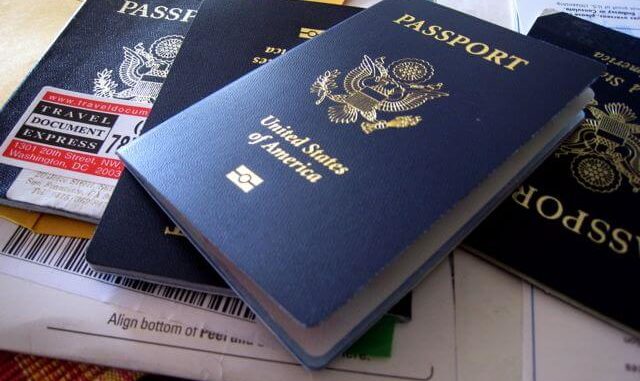
When applying for a Vietnamese visa, it’s important to understand the different types available and their respective costs. The most common visa categories include tourist visas, business visas, and transit visas, each catering to specific purposes.
Tourist Visas for Indian Citizens
Tourist visas are the most popular choice among travelers. These visas allow visitors to enjoy Vietnam’s breathtaking scenery and vibrant cities. In 2025, the Vietnam visa fees for Indian citizens applying for a tourist visa may vary based on the length of stay:
- A one-month single-entry visa typically costs around $25.
- A three-month single-entry visa may range from $30 to $40.
- Multiple-entry visas tend to be more expensive, with fees ranging from $50 to $100 depending on the duration.
It’s advisable to check official government sources for the latest fee structure before your trip.
Business Visas and Their Costs
For Indian nationals traveling to Vietnam for business purposes, specific business visas cater to such needs. These visas often come with additional requirements and can cost more than tourist visas.
- A one-month business visa usually costs between $40 and $60.
- A three-month multiple-entry business visa might set you back anywhere from $70 to $120.
The higher costs reflect the necessity of additional documentation and the more intricate approval process involved in business-related visas.
Transit Visas for Short Layovers
In certain cases where Indian travelers have connecting flights through Vietnam, they may require a transit visa. While not as commonly needed, transit visas serve as a handy option for those passing through the country without entering as tourists.
- The fee for a short transit visa is generally lower, costing around $10 to $20.
Understanding these visa types and their associated costs prepares travelers for the financial aspect of their journey.
Breakdown of Fees for Single-Entry and Multiple-Entry Visas
The choice between a single-entry and multiple-entry visa significantly influences the fees you’ll encounter during the application process. Each option caters to different travel plans and intentions.
Single-Entry Visas Explained
Single-entry visas permit travelers to enter Vietnam only once during their visa validity period. They are ideal for short trips, allowing you to explore the country without the hassle of multiple entries.
The breakdown of fees for single-entry visas includes:
- One-month single-entry visa: Approximately $25
- Three-month single-entry visa: Ranges from $30 to $40
Since single-entry visas are relatively straightforward, they tend to be quicker in terms of processing time. However, travelers who plan to leave Vietnam and re-enter should consider other options.
Multiple-Entry Visas for Frequent Travelers
Multiple-entry visas allow travelers to enter and exit Vietnam multiple times within the visa’s validity, making them an excellent choice for those intending to visit neighboring countries during their stay.
The fee structure for multiple-entry visas includes:
- A one-month multiple-entry visa: Around $50
- A three-month multiple-entry visa: Can range from $70 to $120
While multiple-entry visas come at a higher cost, they provide flexibility for travelers wishing to explore the region more extensively.
Evaluating Your Travel Needs
When deciding between single-entry and multiple-entry visas, consider your travel itinerary carefully. If you’re planning to venture outside Vietnam during your trip, a multiple-entry visa may prove beneficial despite the higher initial cost.
Taking the time to evaluate your travel plans ensures you select the most suitable visa option, potentially saving both time and money throughout your journey.
Payment Methods and Currency Considerations
When applying for a visa to Vietnam, understanding the payment methods and currency considerations is paramount. Various techniques allow travelers to pay their visa fees, but knowing what currencies are accepted is equally essential.
Available Payment Methods
Visa fees can typically be paid through a few different channels, providing flexibility for travelers:
- Online Payment: Many visa applications allow for online payments through credit or debit cards. Make sure to check whether this option is available for your selected visa.
- Bank Transfers: Some applicants prefer traditional bank transfers, which may involve additional fees and processing times.
- In-Person Payments: If applying directly at a Vietnamese embassy or consulate, cash payments in local currency might be required.
Being aware of these payment methods helps simplify the visa application process, reducing stress during your preparations.
Currency Considerations
Vietnam primarily uses the Vietnamese Dong (VND), but US Dollars (USD) are widely accepted in major cities and tourist areas. When paying visa fees, ensure that you have the correct currency on hand if required.
It’s also advisable to check the current exchange rates before your trip. Fluctuations in the value of currencies can impact how much you ultimately spend on your visa.
Furthermore, some individuals might prefer to exchange their currency for VND upon arrival. This can be done at airports, banks, or money exchange services. Be cautious of unfavorable rates or exorbitant fees, especially at tourist hotspots.
Processing Times and Potential Delays
While visa application timelines can vary, understanding normal processing times and potential delays is critical for planning your trip effectively. Factors influencing processing times can range from the type of visa being applied for to individual circumstances encountered during the application process.
General Processing Times
Typically, visa processing times for Indian travelers can take around 3 to 5 business days. However, this timeframe can change based on several considerations:
- Type of Visa: Tourist visas may be processed faster than business visas, owing to less stringent requirements.
- Volume of Applications: During peak travel seasons, when numerous individuals apply for visas, processing times might increase.
- Individual Circumstances: Unique cases may necessitate further review, leading to extended processing periods.
Dealing with Potential Delays
To avoid disruptions in your travel plans, it’s wise to submit your visa application well in advance of your planned departure date. Consider the following tips to mitigate potential delays:
- Complete Documentation: Ensure that all necessary documents accompany your application. Missing paperwork can result in lengthy processing times.
- Be Mindful of Holidays: Visa processing may slow down during local holidays or festivals. Keep this in mind when determining your application timeline.
- Use Express Services: Some agencies offer expedited visa services for an additional fee. If you’re pressed for time, this could be a worthwhile investment.
By proactively managing your visa application timeline and expectations, you can minimize the chances of encountering delays.
Applying for a Vietnam Visa: A Step-by-Step Guide for Indians
Obtaining a visa to Vietnam can be streamlined by following a step-by-step approach. While procedures may vary slightly depending on the visa type, this guide outlines the fundamental steps for Indian applicants.
Step 1: Determine Visa Type and Requirements
Begin by assessing your travel needs and selecting the appropriate visa type. Research the specific requirements associated with each category to ensure compliance.
- Tourist Visa: Essential documents generally include a passport with at least six months of validity and two blank pages.
- Business Visa: Additional paperwork, such as an invitation letter from a Vietnamese company, may be required.
Step 2: Prepare Required Documents
Compile all necessary documents to support your visa application. Commonly required items include:
- Completed visa application form
- Passport-sized photographs
- Proof of accommodation during your stay
- Flight itinerary
Organizing your documents meticulously will expedite the submission process and reduce the risk of errors.
Step 3: Submit Application and Pay Fees
Once your documentation is complete, submit your application either at a Vietnamese embassy or consulate or through an online portal. Review the available payment methods and provide payment accordingly.
Ensure you receive a receipt or confirmation of your application submission to refer back to if needed.
Step 4: Await Processing and Track Your Application
After submission, monitor the progress of your application. If applying online, you may have access to tracking tools to see real-time updates. Should you face any challenges, don’t hesitate to contact the relevant authorities for assistance.
Step 5: Collect Your Visa
Upon approval, collect your visa in person or receive it via email if applicable. Review it for accuracy and ensure all details match your travel plans.
Following these steps diligently increases your chances of a smooth visa acquisition experience, allowing you to focus on enjoying your upcoming trip.
Additional Costs and Expenses to Consider
Beyond direct visa fees, several additional costs can arise when preparing for your trip to Vietnam. Awareness of these expenses allows travelers to budget effectively and avoid unexpected financial burdens.
Travel Insurance
While not a mandatory requirement, obtaining travel insurance is a wise decision. This coverage protects against unforeseen events such as trip cancellations, medical emergencies, and lost luggage.
Factors impacting travel insurance costs include:
- Duration of your trip
- Coverage limits
- Age and health conditions
Investing in comprehensive travel insurance can save significant stress and expense down the line.
Accommodation Costs
Another consideration is accommodation expenses during your stay. Depending on location and preferences, costs can vary dramatically.
Budget options may start as low as $10 per night, while luxury hotels can exceed $200. Researching accommodations ahead of time allows travelers to book within their budget, taking advantage of deals and promotions.
Local Transportation
Once in Vietnam, consider transportation costs for getting around. Public options like buses and trains are economical, while taxis and ride-sharing services provide added convenience at a higher price point.
Estimate local transport costs based on your planned activities and destinations to better prepare your budget.
Tips for Avoiding Visa Application Errors and Delays
Navigating the visa application process can be fraught with challenges, but taking proactive measures can significantly mitigate risks. Here are some essential tips to ensure your application proceeds smoothly.
Double-Check Your Documents
Before submitting your application, thoroughly review all documents for accuracy. Minor errors or omissions can lead to delays or even denial of your visa.
Ensure that the following items are correct:
- Personal information on the application form
- Passport details
- Supporting documents like photos and itineraries
A meticulous review saves time and enhances your chances of receiving a prompt visa approval.
Utilize Professional Services
If you find the process overwhelming or complicated, consider enlisting professional visa services. Agencies specializing in visa applications can streamline the process, guiding you through every step.
While this service comes at a cost, the peace of mind and efficiency gained may outweigh the expense.
Allow Ample Time for Processing
Finally, always submit your visa application well in advance. Allowing extra time for processing reduces stress and accommodates any unforeseen delays.
Aim for at least a month before your intended travel date to secure your visa without haste.
Conclusion

Understanding the intricacies surrounding Vietnam visa fees in 2025 is essential for Indian travelers planning their adventures. By familiarizing yourself with the various visa types, associated costs, application processes, and potential expenses, you can navigate the journey with confidence. Being well-informed enables you to focus more on the excitement of exploring Vietnam’s beautiful landscapes and rich culture rather than any last-minute visa concerns. Overall, proper preparation and awareness pave the way for a memorable travel experience in this enchanting Southeast Asian destination.



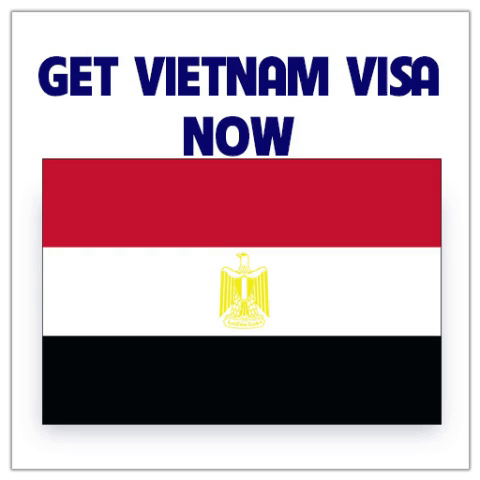
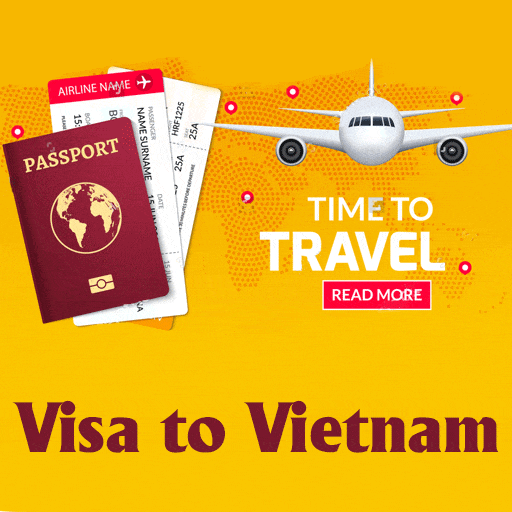
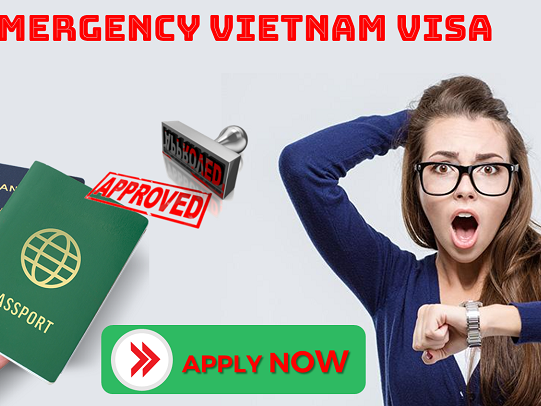




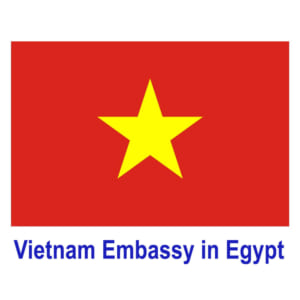

Leave a Reply